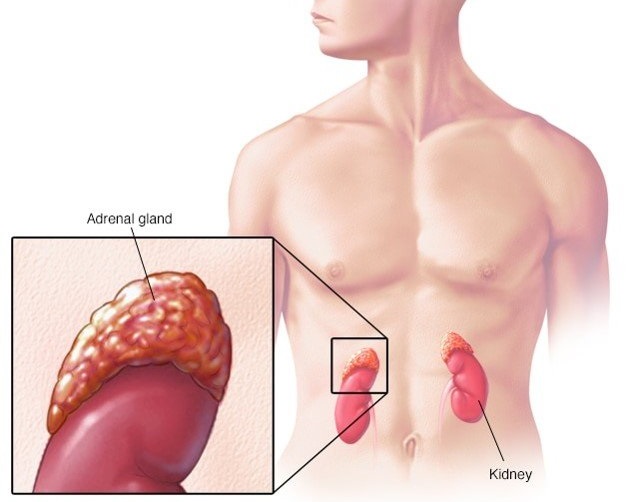Understanding CAH
The adrenal glands produce vital hormones such as cortisol (stress regulation), aldosterone (fluid balance), and androgens (sex hormones). In CAH, enzyme deficiencies disrupt this process, leading to hormonal imbalance. The most common form—21-hydroxylase deficiency—accounts for over 90% of cases.
Signs and Symptoms
CAH manifests in a range of ways:
-
Salt-wasting crises in newborns, which can be life-threatening.
-
Ambiguous genital development, raising important medical and emotional questions.
-
Early puberty and rapid growth, which often lead to shorter adult height.
-
Hormonal and emotional instability, impacting daily well-being.
These symptoms remind us of the critical role adrenal hormones play in overall health.
The Importance of Early Diagnosis
Detecting CAH early—ideally through newborn screening—can dramatically improve outcomes. When caught promptly, doctors can start treatment before severe complications develop. For families with known genetic risks, prenatal testing and counseling can provide clarity and preparation.
Treatment and Ongoing Care
Management of CAH centers on lifelong hormone replacement therapy. Patients require careful medical supervision to adjust doses, prevent side effects, and monitor long-term health. Growth, development, and fertility are closely tracked to ensure optimal outcomes.
Supportive care is equally essential:
-
Psychological counseling for emotional well-being.
-
Educational resources to empower families and patients.
-
Community connections that provide encouragement and solidarity.
Thriving with CAH
Although CAH is lifelong, it does not limit the possibility of a bright future. With treatment, children with CAH grow into adults who pursue careers, relationships, and personal dreams. Their resilience demonstrates that CAH is a challenge—but not a barrier.
Conclusion
CAH may be rare, but its impact is real and profound. By raising awareness, promoting early diagnosis, and ensuring access to effective treatment, we can help individuals with CAH live full, thriving lives. The story of CAH is ultimately one of perseverance, medical progress, and the strength of human spirit.

